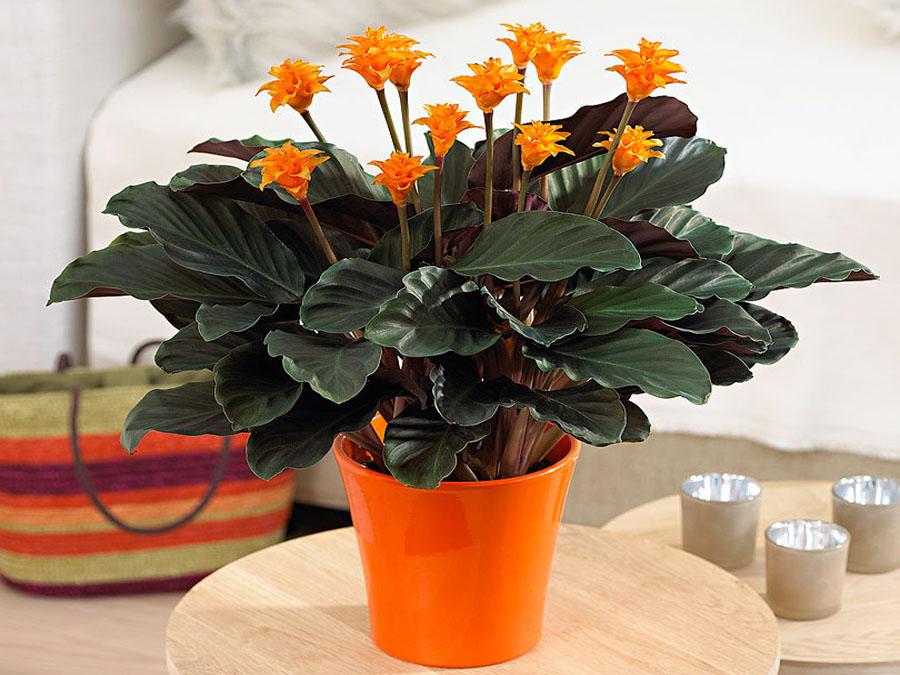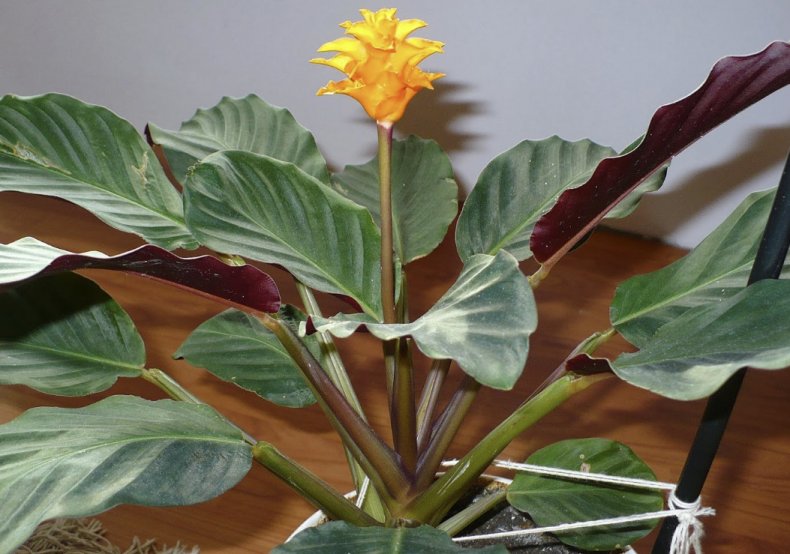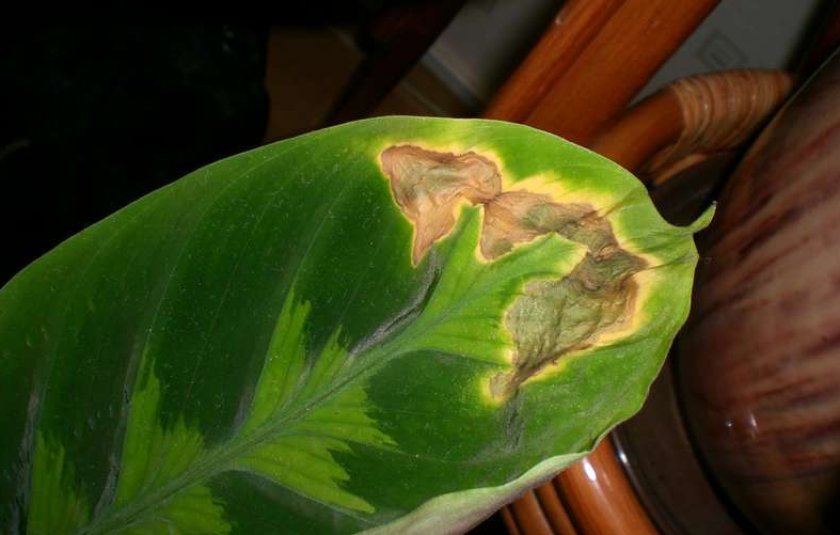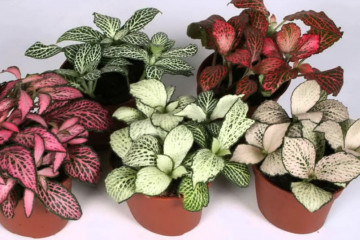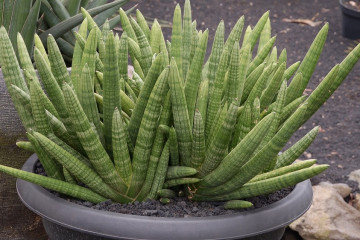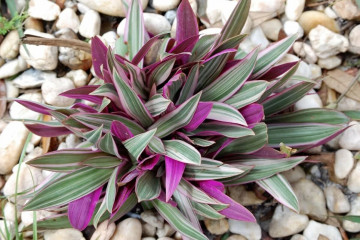Calathea Crocata - home care
Content:
Calathea Crocata is an ornamental plant with beautiful patterns on the leaves. The variety of patterns attracts the attention of many flower growers, so the flower is grown as a houseplant. Calathea Crokata is demanding to care for, so it is important to follow the rules and recommendations in order to grow a healthy plant on your windowsill.
What does Calathea Crocata look like?
Calathea saffron (or Crokata) is a plant that belongs to the Marantov family. The height of an indoor perennial does not exceed 30-40 cm, although specimens up to 1.5 m in height are found in nature.
The flower has a shortened stem, on which there are large leaf plates up to 30 cm in length. The shape of the leaves looks like an oval. They are painted on the outside in dark shades of green, and on the inside in purple tones.
Calathea flowers have a bright yellow, rich orange color. They are small in size, but their unusual appearance adds decorativeness to the plant.
Common varieties
Experts count about 286 types of kalata. The most popular plant varieties:
- Wonderful;
- Makoya;
- Orbifolia;
- Roseopicta.
Briefly about the history of appearance
The homeland of the perennial is considered to be Central and South America, or rather, the rainforests of the tropics. For this reason, the flower is sometimes called the Crocata Tasmania calathea. In Europe, it was nicknamed "the crown of the Incas" due to the fact that the appearance of the flower resembles the headdress of royalty.
The name of the flower "calathea crocata" comes from the word "Kalathos", which is translated from the ancient Greek language as a basket. This is no coincidence, since the leaves of kalate are used for weaving baskets.
Calathea saffron - home care
It is not difficult to grow Calathea Crocata at home. It is required to familiarize yourself with the rules of care and follow them carefully. It is important to choose the right container and place for the pot. It is optimal to put the flowerpot on moss or pebbles, pour water into the pan so that the container with the soil does not touch it. It is better not to touch the leaves with your hands, so as not to spoil the spectacular appearance of the leaf plates.
Temperature
For calathea, it is necessary to maintain a moderate temperature. Indicators in winter should not fall below +16 degrees. Temperature drops are extremely undesirable for a flower. The best temperature is + 22 ... +23 degrees.
Lighting
Calathea Crocata does not tolerate bright light. Direct sunlight can burn sheet plates, leaving burns on them in the form of dark spots. The plant also does not like the shadow, since the leaves lose all their beauty in the dark.
Watering
In summer, the plant is watered abundantly and often, and in winter, the amount of watering is reduced.
Humidity
To create the required moisture level, the calathea, along with the pallet, is placed in expanded clay or pebbles. The humidity indicator should not fall below 65%.
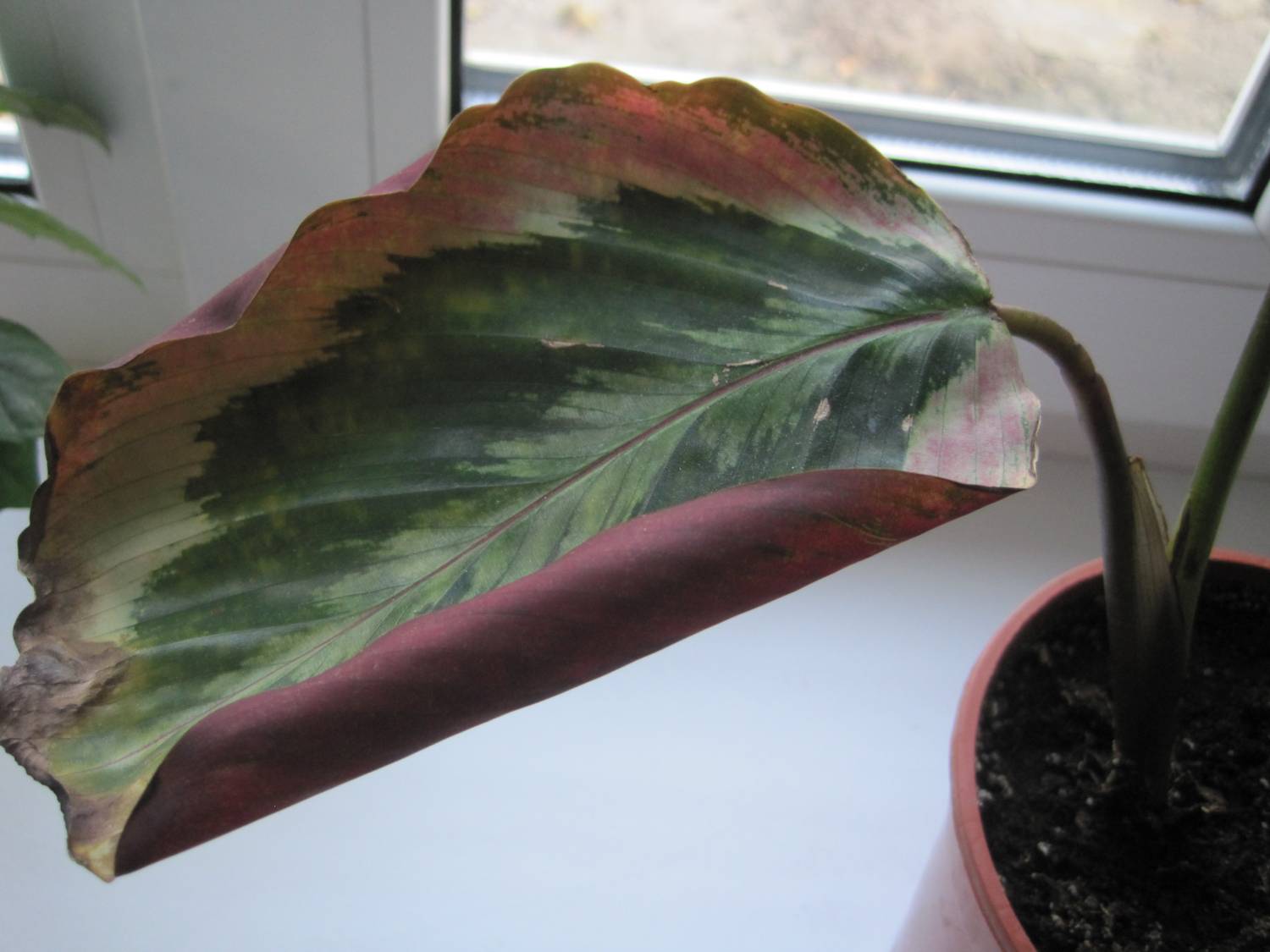
Do not place pots of saffron calathea near heating devices, due to which the leaves of the plant dry out
Priming
The soil for the plant must allow moisture and air to pass through. You can prepare the soil mixture yourself by mixing peat, sand, ash, bark and coniferous soil.
Top dressing
During the growing season, it is necessary to add mineral additives to the soil. Liquid dressings are best.
When and how it blooms
It is not difficult to achieve flowering at home, for this you just need to properly care for the flower.
Types and forms of flowers
The flowers of the plant are usually colored yellow and orange. The shape of the buds is difficult to describe in one word, but the comparison of an inflorescence with a broom is best.
Flowering period
The flowering time of Calathea Crokat falls in the middle of winter. To see beautiful yellow buds, it is recommended to start covering the pot with a dark bag in the fall. This should be done daily from 6 pm to morning. The plant blooms for about 3 months.
How calathea Crocata reproduces
Reproduction of Calathea is done in three ways. Each of them has its positive and negative sides.
Germinating seeds
This method takes a relatively long time. For this, the seeds are irrigated, placed in a greenhouse and covered with polyethylene. Containers with seeds should be in a well-lit place. As soon as the first shoots appear, young plants are planted in pots.
Rooting cuttings
To do this, cut off lateral leaves with a growing point or cuttings at least 15 cm long with a sharp knife. They are placed in a moist substrate so that roots appear. To accelerate growth, you can use special additives.
Rhizome division
The simplest and most popular method is dividing the bush. Remove the old plant from the container, divide the rhizome into several parts and plant them separately.
Transfer
Young plants must be transplanted into a new container annually. For this, a pot is selected with a diameter that is 3-4 cm larger than the previous one. The optimal period for the procedure is early spring.
Possible growing problems and diseases
If the rules of planting and care are not followed, problems may appear that will affect the appearance of the plant. When the first signs of diseases appear, it is necessary to find out their causes.
The flower sheds buds and leaves
Drafts and sudden changes in temperature negatively affect the plant. The buds and leaves of the calathea begin to dry, and the flower sheds them.
Leaves turn pale
The pallor of the leaf plates may be due to insufficient light. It is important that the flower receives the necessary portion of the sun's rays.
The tips of the leaves dry
Lack of moisture affects the leaves of the plant. If the tips of the leaf plates begin to dry, this means that the air and soil need to be moistened.
The lower leaves fall
Falling leaves are usually the result of excess or, conversely, lack of moisture. It is worth paying more attention to the moisture level.
Pests
The spider mite is the most problematic for calathea. The parasite is located at the bottom of the leaves and weaves its web there. To get rid of the pest, you can use a soapy solution or treat the flower with special preparations.
Other problems
If the pot stands near an open window, the leaves of the flower may begin to rot. The reason for this is a draft.
Signs and superstitions
Some people believe that Calathea has magical properties. According to legend, she is able to bring harmony and love into the house. Therefore, people often purchase a flower pot to create a calm and cozy atmosphere.
Healthy Calathea Crokata grows at home with proper care. Large spectacular perennial leaves in combination with small yellow flowers create a wonderful combination that can create an atmosphere of comfort in the apartment.
